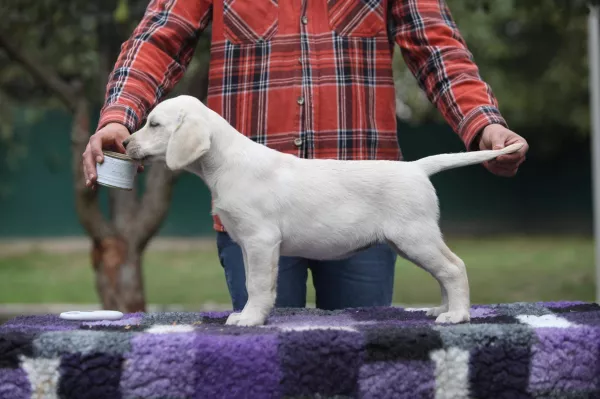Discover everything about Labrador Retrievers: personality, care tips, health, grooming, and training. A trusted guide for future Lab owners.
The Labrador Retriever, often simply called the Lab, is one of the most popular dog breeds worldwide. Known for its friendly demeanor, high intelligence, and gentle temperament, Labradors are ideal family pets, service dogs, and loyal companions. But what makes them so special?
In this article, we’ll explore everything you need to know about the Labrador dog breed—from origin and personality to care tips and health considerations.
Breed Overview
| Characteristic | Details |
|---|---|
| Breed Group | Sporting Group |
| Height | 21.5–24.5 inches |
| Weight | 55–80 pounds |
| Life Span | 10–12 years |
| Coat | Short, dense, water-resistant double coat |
| Colors | Black, yellow, chocolate |
| Energy Level | High |
| AKC Recognition | Yes (Recognized in 1917) |
History and Origin
The Labrador Retriever originated in Newfoundland, Canada. Initially called the St. John’s dog, it was used by fishermen to retrieve nets and fish from the cold waters. In the 1800s, the breed was imported to England, where it was refined and eventually became the Labrador Retriever we know today.
Personality and Temperament
Labradors are:
- Friendly and affectionate – Excellent with children and other animals
- Intelligent – Quick learners, often used as service or therapy dogs
- Playful – Love games like fetch and swimming
- Social – Thrive on human interaction and companionship
Because of their temperament, Labs are ranked among the top breeds for first-time dog owners.
Activity & Exercise Needs
Labs are high-energy dogs that need at least 60–90 minutes of daily exercise. Ideal activities include:
- Fetch
- Swimming
- Long walks
- Agility training
Feeding and Nutrition
Feed a high-protein, moderate-fat diet formulated for medium to large breeds.
Avoid overfeeding—Labradors have a tendency to become overweight.
Treats should make up no more than 10% of daily caloric intake.
Consult your vet for specific food recommendations based on your Lab’s age and activity level.
Grooming Needs
Labradors are low-maintenance, but regular grooming helps manage their seasonal shedding.
- Brush 1–2 times a week with a slicker or bristle brush
- Bathe once every 6–8 weeks
- Clean ears weekly (Labs are prone to ear infections)
- Trim nails monthly
Training and Intelligence
Labradors are among the top 10 smartest dog breeds. Their eagerness to please and food motivation makes them:
- Easy to train with positive reinforcement
- Suitable for obedience, agility, and service work
- Excellent candidates for crate training and socialization from a young age
Is a Labrador Right for You?
You should consider a Lab if you:
- Want a loyal, loving, family-friendly dog
- Can provide daily exercise and mental stimulation
- Enjoy outdoor activities like hiking and swimming
- Have time for training and socialization
The Labrador Retriever’s loyal nature, intelligence, and charm make it one of the best dog breeds in the world for families and active individuals alike. With proper care, exercise, and love, a Lab will bring joy to your life for many years.





